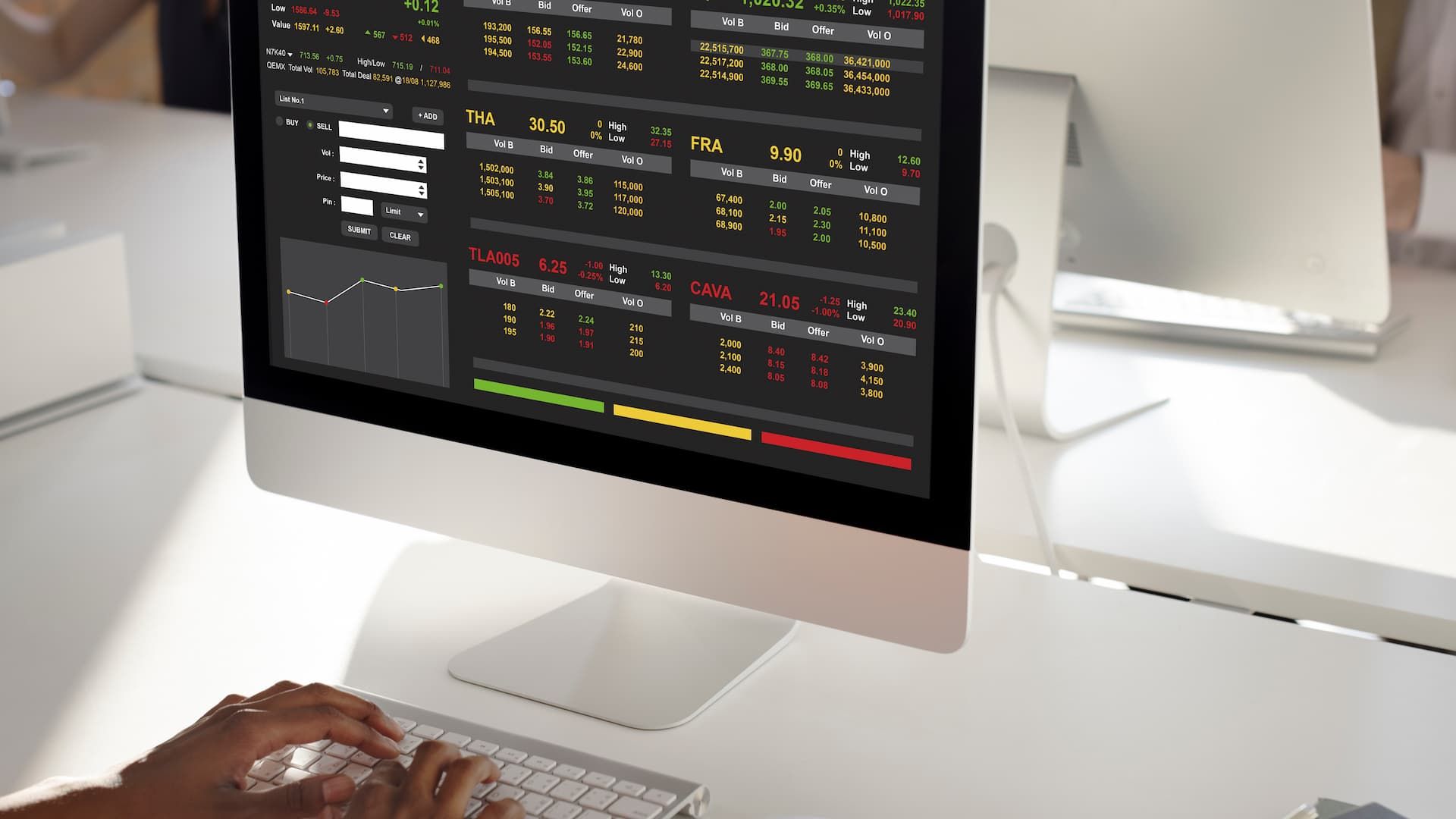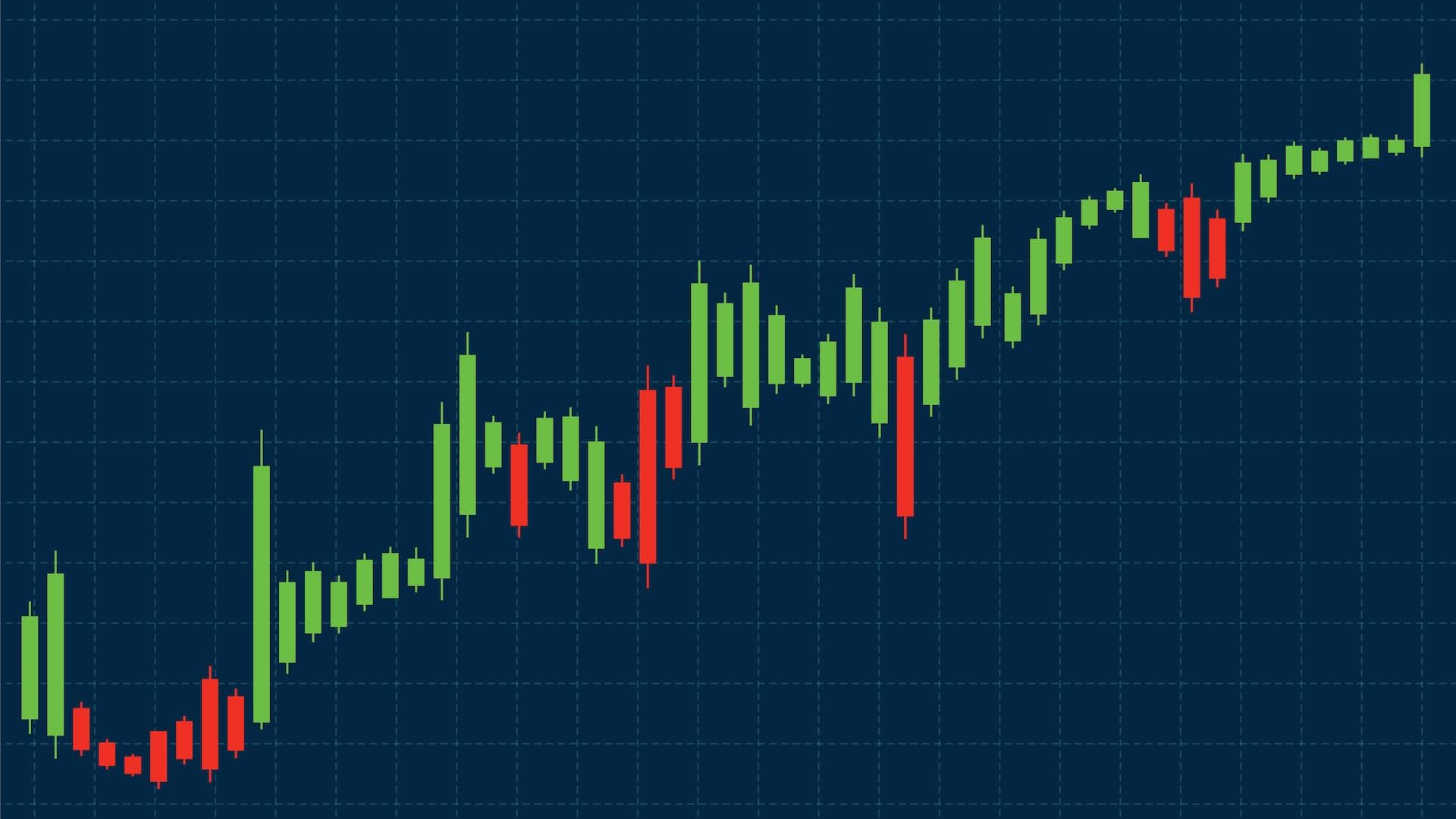Every industry has its own language, and trading is no different. For beginners, words like “margin call,” “liquidity,” or “market capitalization” can sound intimidating. But understanding this terminology is crucial if you want to read financial news confidently, follow market updates, or build your own trading strategy. Key concepts such as an initial public offering (IPO), how a stock market index tracks groups of companies, or the basic workings of the stock market itself are often the foundation for understanding more advanced ideas.
This glossary will walk you through the must-know trading terms, explained in plain language with practical examples. By the end, you’ll be able to recognize key vocabulary in stock market reports, forex updates, or CFD platforms.
Why a trading glossary matters
Importance of knowing stock market terms
Trading terms are not just jargon. They are tools for clear communication. If you don’t understand them, you risk missing important details or making costly mistakes. A solid grasp of these terms also helps you navigate the broader financial market, where countless participants buy and sell different financial assets every day.
For instance, knowing the difference between a “limit order” and a “market order” can prevent you from entering trades at prices you didn’t intend. Similarly, understanding “liquidity” helps you evaluate how easy it is to enter or exit a position. Even basic terms like “bear market” which describes a prolonged period of falling prices, can help you understand the bigger picture and make more informed decisions.
How fundamental analysis relates to trading terminology
Fundamental analysis involves examining company earnings, balance sheets, and market data. Without knowing the terms associated with these concepts, it becomes difficult to interpret the numbers correctly.
Using market data to understand financial instruments
When you read that a company has a “P/E ratio” of 20 or that its “EPS” rose last quarter, you are looking at trading terms in action. These terms help you translate data into insights that guide smarter choices in the financial market.
Key stock market terms
Stock market basics: shares, market value, and outstanding shares
- Shares: Units of ownership in a company.
- Market value: The total worth of a company on the stock market, calculated as share price multiplied by outstanding shares.
- Outstanding shares: The total number of shares held by all shareholders.
Preferred stock vs common stock
- Common stock: Gives shareholders voting rights and potential dividends.
- Preferred stock: Provides priority dividends but usually no voting rights.
How asset classes affect trading strategies
Stocks, bonds, commodities, and currencies are all considered financial assets, and each behaves differently under various market conditions. For example, during a bull market, when optimism drives prices higher across the stock market, equities often outperform other asset classes. Traders may still combine multiple financial assets in their portfolios to spread risk and balance returns.
Capital gains tax implications on stock trades
Profits made from selling stocks may be subject to capital gains tax. The rate depends on whether the investment was short-term or long-term, and these taxes can influence how investors manage their financial assets over time.
Orders and execution terms
Limit order and market order definitions
- Market order: Executes immediately at the best available price.
- Limit order: Executes only at the price you set or better.
How margin calls affect trading positions
A margin call occurs when your account falls below required levels. The broker may ask you to deposit more funds or close positions to cover losses. If this happens repeatedly, it can disrupt your investment portfolio and affect your ability to manage risk effectively.
Stop-loss, take-profit, and other order types
- Stop-loss: Automatically closes a trade to prevent larger losses.
- Take-profit: Closes a trade once it reaches your profit target.
Other types of orders are also widely used on the stock exchange and across the stock market, giving traders flexible ways to protect their positions or secure profits.
Role of liquidity and market data in order execution
Liquidity ensures that your orders can be executed quickly and close to your desired price. Thin liquidity can cause slippage, which is especially important to monitor when trading less active stocks or markets outside major stock exchanges.
Trading and investment concepts
Financial instrument overview
Financial instruments include stocks, forex pairs, CFDs, commodities, and bonds. They are the vehicles traders use to access markets, and their prices are often influenced by market makers, who provide liquidity and facilitate trades.
Market value vs intrinsic value
- Market value: The current market price at which an asset can be bought or sold.
- Intrinsic value: Estimated “true” value of an asset, based on fundamentals and expectations of future price movements.
Fundamental analysis indicators every trader should know
Common indicators include P/E ratio, dividend yield, and earnings reports. Understanding these helps traders anticipate potential future price movements relative to the current market price.
Risk, reward, and volatility explained
- Risk: Possibility of losing money.
- Reward: Potential profit.
- Volatility: Degree of price movement, which can be amplified in markets where market makers adjust spreads based on supply and demand.
Corporate and stock-specific terms
Outstanding shares and float
- Outstanding shares: Total issued shares of a company listed on the stock market.
- Float: Shares available for public trading, excluding restricted shares. These are the shares most actively bought and sold by investors.
Preferred stock features and dividend priority
Preferred stockholders receive dividends before common shareholders. Holding preferred shares provides priority but limited upside. Investors should remember that receiving a dividend is not the obligation of the company they are paid at the company’s discretion.
Market capitalization and its significance
Market cap categorizes companies as small-cap, mid-cap, or large-cap, often influencing risk profiles. Companies with higher market cap may also have easier access to capital, reducing the need for borrowing money for expansion.
Earnings per share (EPS) and P/E ratio basics
EPS shows company profitability per share. The P/E ratio compares stock price to EPS, giving insight into valuation and helping investors evaluate whether a stock is overvalued or undervalued in the stock market.
Taxation and regulation terms
Capital gains tax for investors and traders
Capital gains tax applies when you sell assets for a profit. The tax amount often depends on how long you held the investment short-term versus long-term over a specified period. For example, if the price of a stock rises from $50 to $70 and you sell, the $20 difference is considered a taxable gain.
Regulatory terms affecting stock market trading
Regulations exist to protect traders and maintain market integrity. Every trade, whether in stocks, bonds, or derivatives, is based on a financial agreement between buyer and seller. Terms like “compliance,” “KYC,” and “reporting standards” are key in ensuring fairness and accountability.
Reporting requirements and compliance for traders
Active traders may need to meet stricter tax reporting and compliance rules, especially if they trade frequently within a specified period. Always check local regulations to remain compliant and avoid unexpected penalties.
Advanced trading terminology
Leverage, margin, and borrowing funds
- Leverage: Amplifies buying power by borrowing from a broker. It is commonly used in forex trading, where even small price changes can create significant gains or losses.
- Margin: The deposit required to open leveraged trades. These trades are typically held in margin accounts, which allow traders to borrow funds but also expose them to higher risks if prices move against them.
Short selling and hedging concepts
- Short selling: Betting that an asset’s price will fall, often within a specific period of time to capture a downward move.
- Hedging: Using trades to protect against losses in other positions.
Derivatives as financial instruments
Derivatives include options, futures, and CFDs, which derive their value from underlying assets. In both stock and forex trading, derivatives are widely used to speculate or manage risk.
Using asset classes to diversify portfolios
Spreading investments across stocks, bonds, commodities, and currencies helps reduce overall risk. By diversifying over different markets and across a period of time, traders aim to balance potential gains and losses.
Tools and resources for traders
Accessing market data for informed decisions
Market data such as live prices, volume, and economic calendars are crucial tools for traders. They provide insight into market fluctuations, helping traders decide whether to buy or consider selling securities when conditions shift.
Must-know trading terms for beginners
Beginners should familiarize themselves with at least the basics: orders, leverage, risk, and key stock terms. It’s also useful to understand that many trades, such as futures contracts, involve agreements to buy or sell an asset at a future date, making knowledge of timing and pricing essential.
Demo accounts and trading simulations
Practicing with demo accounts, such as those offered by 24markets.com, helps you learn trading terminology in real time without financial risk. These accounts allow you to experience how trades react to market fluctuations before committing real funds.
Conclusion: Mastering trading language
Why understanding these terms helps in stock market success
The more fluent you are in trading terminology, the more confident you will be in making decisions and communicating with other traders. For instance, knowing what a strike price means in options trading can help you evaluate whether a contract is worth entering, while understanding indicators like the moving average gives you a clearer picture of potential future performance of a stock.
Continual learning through market data and analysis
Markets evolve, and so does the language around them. Staying updated ensures you don’t fall behind. Traders often rely on tools such as the moving average to track trends, while company earnings reports or economic data can provide clues about a stock’s future performance.
Integrating glossary knowledge into trading strategies
Knowing the terms is the first step. Applying them in your trading strategy is what brings real results. With platforms like 24markets.com, you can combine knowledge with practice, making the language of trading second nature. Whether you’re setting a strike price in options or using a moving average to refine entries and exits, these terms become part of how you trade with confidence.













